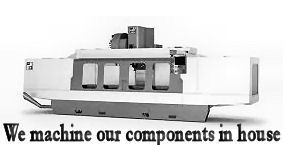
Originally Posted by
Blown7
Not to sound negative, but I think you may bleed off too much oil from the connecting rod journal with that big of a groove. The squirter hole only lines up with the oiling hole on the crankshaft under pressure once every revolution. Connecting rod width is controlled so that the oil stayes on the journal long enough to act as a barrier for high loads and heat disappation. Usually the width is kept within .003 thousanths to control the bleed.
I think your looking to save the pistons and bores (which I think is counter productive and yes I remember your last problems) at the expense of the connecting rod bearings and crankshaft.
You have to remember your connecting rod only gets oil every 360 degrees of crankshaft rotation, unless you have a cross drilled crank.
Just my two cents FWIW.
Jeff
Let's explore this a little further.
If you look at the timing of the oil flow through the rod journal passages on a standard crank (not cross-drilled) with half groove main bearings, the rod passages are fed oil through only 180 degrees crank rotation - and it looks to me that the timing of this oil flow relative to the power stroke is random at each journal.
I don't think these squirters are actually applying oil directly to the bores at all, rather, they simply add more total windage. Well, leakage past the edges of the rod bearings ought to do this job sufficiently.
My machine shop gurus suggest that the rod squirters are not necessary with todays oils and in fact may lead to excessive oil consumption by overwashing the bores. It does seem to me that not allowing flow through the squirters would help maintain film strength on the rod bearings, especially if they are not getting oil pressure through the full 360 degrees of rotation.
I am still torn on the full groove main bearing idea, simply because of my observation on two high time engines that had them and they did not seem to be worn excessively.
I do not however fully understand the dynamics of 180 degree rod journal oiling. As I said the timing of this seems random to me from one rod journal to the next - some start oiling just after combustion and some long after (maybe it does not matter). It does however seem obvious that full groove bearings or cross-drilled cranks would be feeding the rod journals at all times, and I cannot imagine why that would be a bad idea since it does seem as though the rod bearings suffer the most.
What say you?
Originally Posted by 1980_Cj7





 Reply With Quote
Reply With Quote

